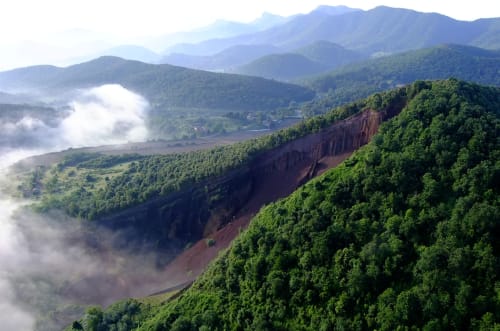
NATURE IN EVERY CORNER
-
Impressive Landscapes

The contrast of landscapes in the same place

Natura 2000 Network
These areas, along with others, such as the Fluvià river, are part of the Natura 2000 Network, a network of protected areas in the European Union (EU) established with the aim of conserving biodiversity and ensuring the sustainable use of natural resources.
the Natura 2000 Network is composed of Special Areas of Conservation (SAC) designated under the Habitats Directive and Special Protection Areas (SPA) designated under the Birds Directive. These areas are chosen on the basis of their ecological importance and the presence of rare, threatened or endemic species and habitats.

The climate of the Garrotxa
The vegetation is a reflection of the climate. While in the Alta Garrotxa and in the east of the region there is a sector of Mediterranean vegetation, the rest of the region is covered by sub-Mediterranean vegetation that becomes Atlantic in the wettest areas, as in the Vall de Bianya. Holm oak is characteristic of the sunny slopes of the eastern sector, with relatively dry and hot summers, oak woodland is the predominant forest in the rest of the areas, and beech is the forest found in the most humid sectors. On the Olot site, the most characteristic natural species is the sessile oak, although today its presence has been reduced to small forests located around the city.
Nearby Activities

Olot

Santa Pau
It is a Medieval village that deserves to be visited, it is right in the middle of the park of the volcanic area of the Garrotxa.

Besalú
is one of the most important medieval towns of Gerona. It has a center with many squares and an impressive medieval bridge.

Bañolas
